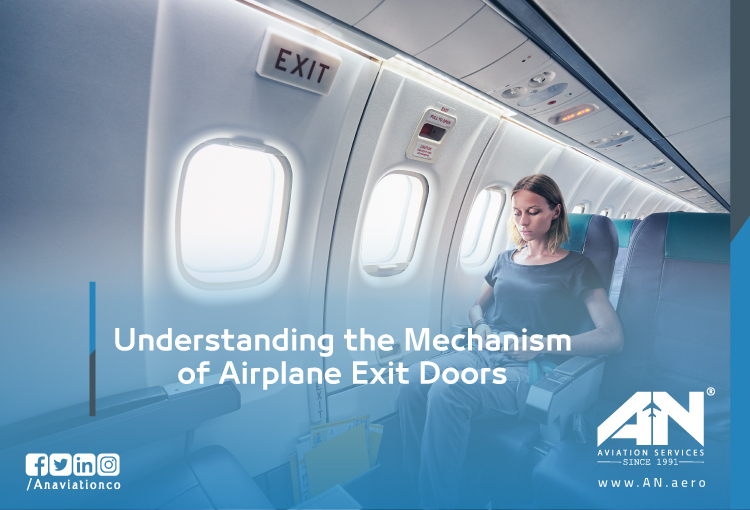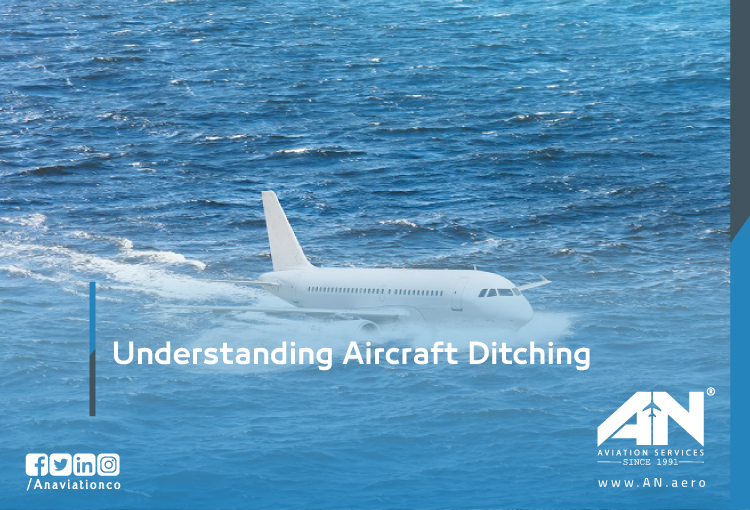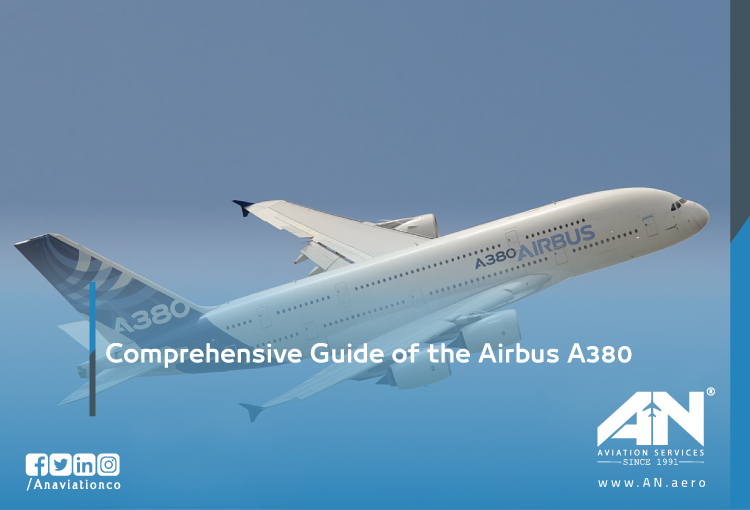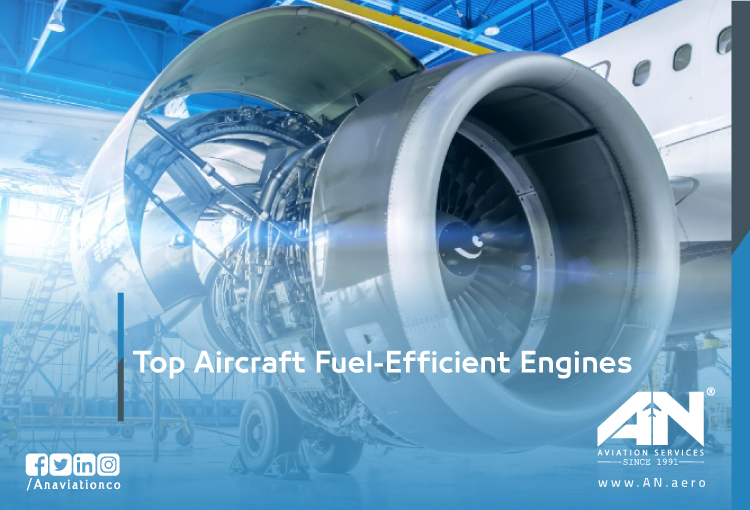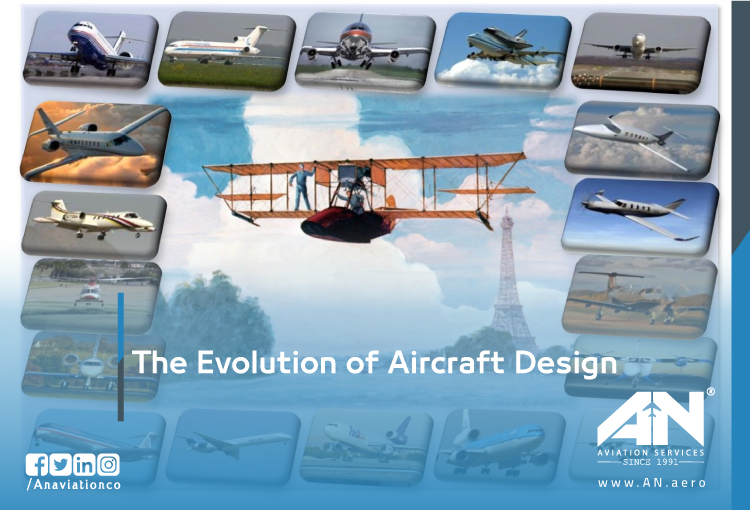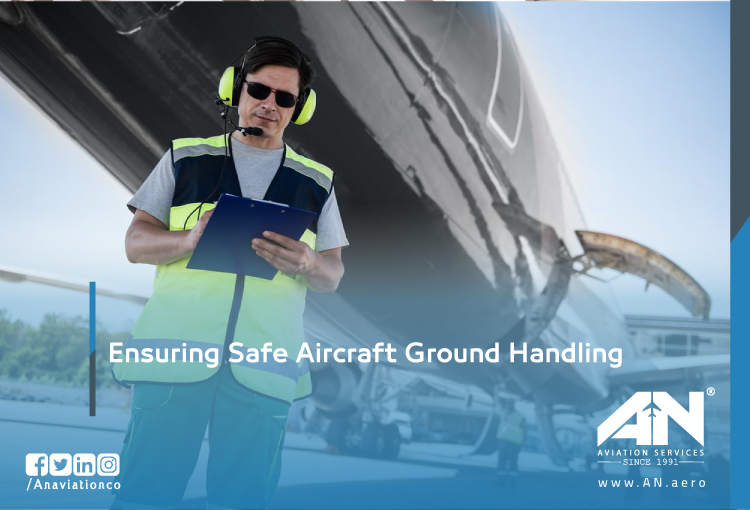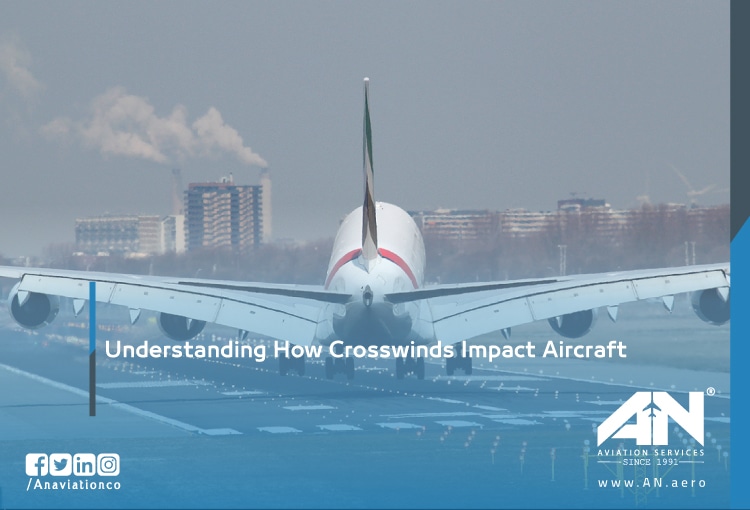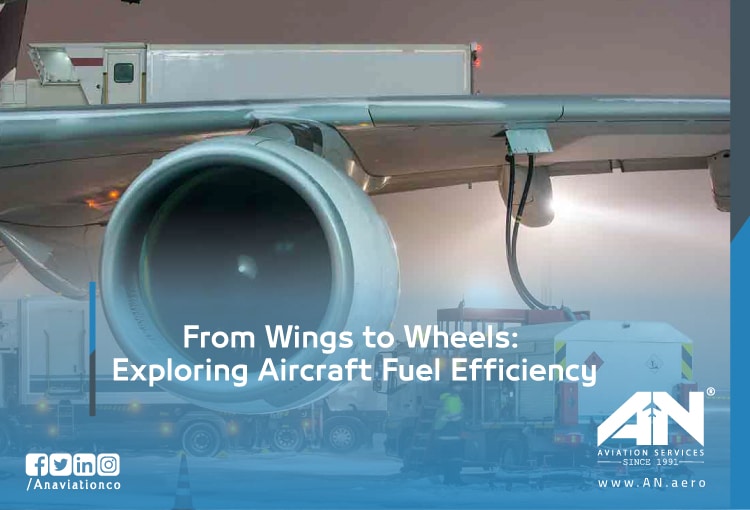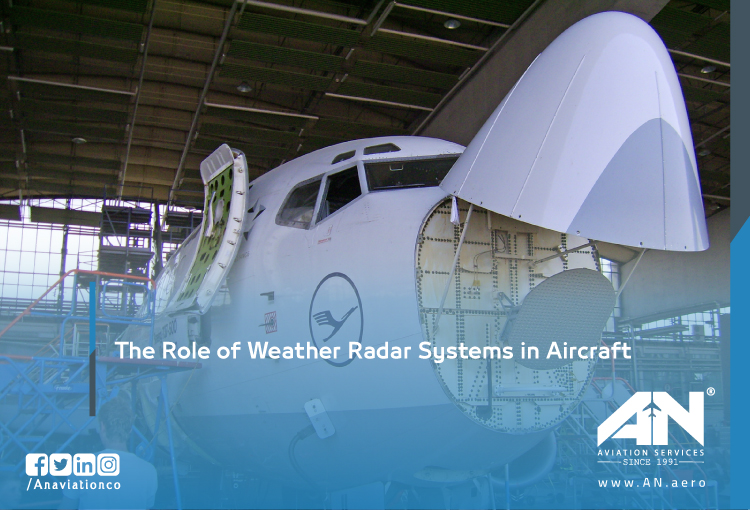Airplane exit doors are essential components designed to ensure passenger safety during both routine operations and emergencies.
Aircraft
Aircraft emergency landings on water, also known as water ditching, are critical maneuvers performed when landing on a runway is not possible. These situations often arise due to severe issues such as engine failure, bird strikes, or other emergencies that compromise the aircraft’s controllability.
The Airbus A380 is known as the world’s largest passenger aircraft, making it a standout in the aviation industry.
The aviation industry has long been characterized by its high consumption of fuel, largely due to the need for powering large, sophisticated aircraft across vast distances.
Aircraft design is a complex process that combines various engineering disciplines to create an efficient and safe flying machine.
The aviation industry internationally follows strictly defined security protocols designed to reduce threats and ensure safe travel.
Aircraft ground handling is a critical operational phase in the aviation industry, encompassing a diverse range of essential services performed on the ground to ensure the safe and efficient movement of aircraft.
Winds play a significant role in aviation, influencing every aspect of flight from takeoff to landing. Understanding the impact of winds on airplanes is crucial for pilots to ensure safe and efficient operations.
Aircraft fuel efficiency is crucial for both economic and environmental reasons. It helps airlines reduce costs and lowers greenhouse gas emissions, contributing to a greener planet.
Aircraft weather radar is a specialized instrument installed on aircraft to detect and track weather phenomena in the surrounding airspace.


